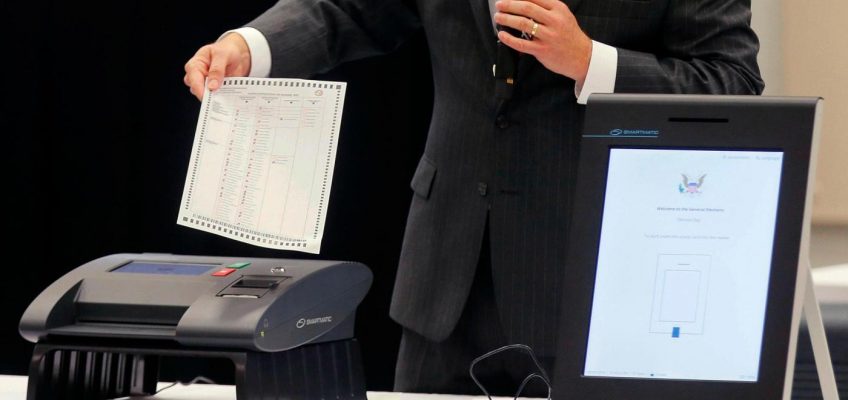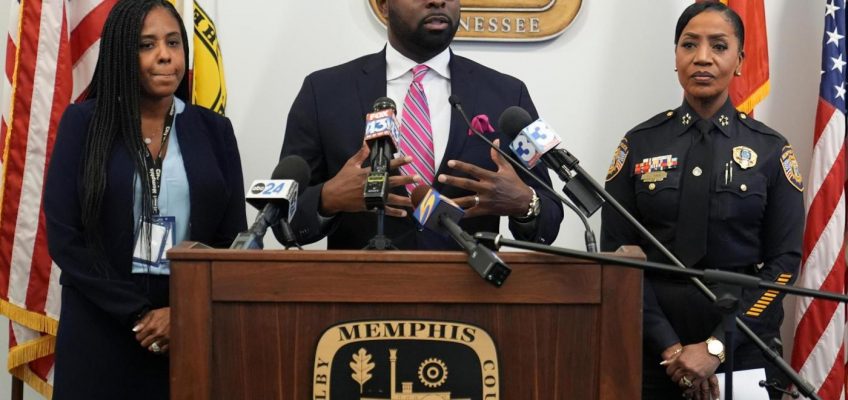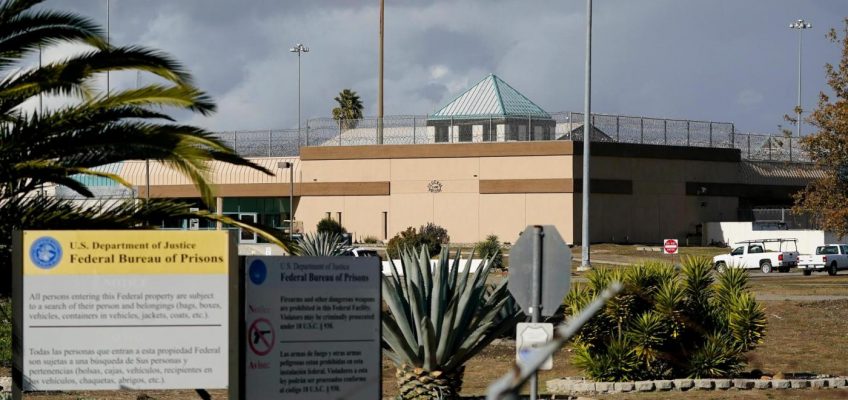Only one NBA team has held an opponent to 80 points or fewer in a game this season. It’s the Timberwolves, and they’ve now done in twice in consecutive outings.
Minnesota surrendered just 80 to the Clippers on Wednesday after holding the Lakers to 80 on Monday in Minneapolis. The Clippers also scored just 92 points against Minnesota last Friday. Three games, three stellar defensive performances.
Which, in the aftermath of an accountability session during and after a loss to the Kings on the eve of Thanksgiving, creates a narrative that the Timberwolves have turned the page and returned to their dominant defensive ways from a season ago.
Minnesota is now sixth in the NBA in defensive rating, surrendering just 108.6 points per 100 possessions, two tenths lower than the mark it sported a year ago to lead the League.
The Wolves are back, baby.
Well, maybe.
Context is important when evaluating any stretch of schedule, good or bad. So. it should be noted that Minnesota is holding down teams that were already lying on the mat.
The Lakers sport the third-worst offense in the NBA since Nov. 23, a seven-game stretch in which they’ve gone north of 105 points just twice. The Lakers have been held below 95 points in three of their past four outings, including another drubbing Wednesday in Miami.
After the loss to the Wolves, LeBron James aptly characterized his team’s offense as “nasty.”
The Clippers aren’t much better, specifically without Norman Powell. They rank 24th in offensive rating, scoring just 1.1 points per possession. But even that number swan dives when Powell — who’s averaging 24 points per game this season, while shooting 51 percent both from the field and from distance — isn’t on the floor. The Clippers’ offensive net rating improves by nine points when Powell is on the floor this season, per CleaningTheGlass.com.
That on/off split is in the 91st percentile league-wide.
Powell missed both games against Minnesota, and both the Lakers on Monday and the Clippers on Wednesday were playing the second of back-to-backs. So, the schedule certainly did Minnesota a solid at a time when the Wolves appeared to need it most.
But the Timberwolves did take advantage of the good fortune to the fullest extent. Eighty points is 80 points, no matter who you’re playing or the circumstances. It’s undeniable that Minnesota’s activity and attention to detail have both heightened in recent contests, and it’s worth noting that the Wolves’ defense was getting torched even by bad teams over the first dozen-plus games of the season.
The recent results signify progress; just how much progress is a question that will be determined over the weekend, when Minnesota plays a pair of games in San Francisco. The Warriors have lost five-straight games as of Thursday afternoon and, go figure, they play Houston on Thursday night ahead of their first bout with the Wolves on Friday.
The two teams will play again Sunday in the same location.
Golden State does sport the NBA’s ninth-best offense. Steph Curry and Draymond Green are missing Thursday’s game for injury management, and it appears as though Curry is a good bet to return against Minnesota, although Green’s situation is a bit murkier.
Regardless, the Warriors’ movement-based offense, centered on the shooting threat of Curry, will provide a stiff test for the communication and commitment that Minnesota struggled with to open the season. A defense is only as good as it is when pressed by offensive creativity and competency.
After a perfectly-timed, three-game stretch that allowed Minnesota to rebuild its image and identity on the defensive side of the ball, it’s time for a stress test.
Related Articles
Timberwolves blow out Clippers in LA
Timberwolves make a push to run in transition; early returns positive
Timberwolves impressive in rout of Lakers
Jace Frederick: Nickeil Alexander-Walker looks like a 30-plus minutes per game player. Will Timberwolves treat him as such?
Jace Frederick: Anthony Edwards’ leadership had to take another step forward this week for Timberwolves




